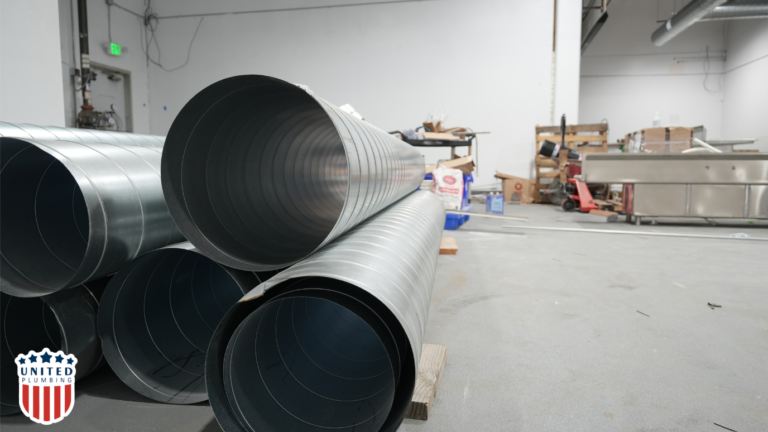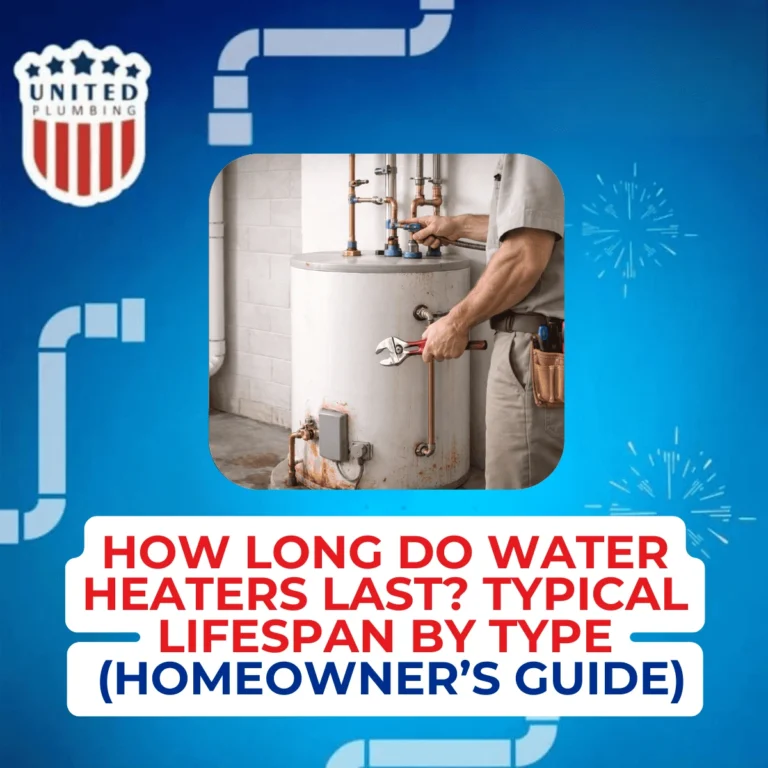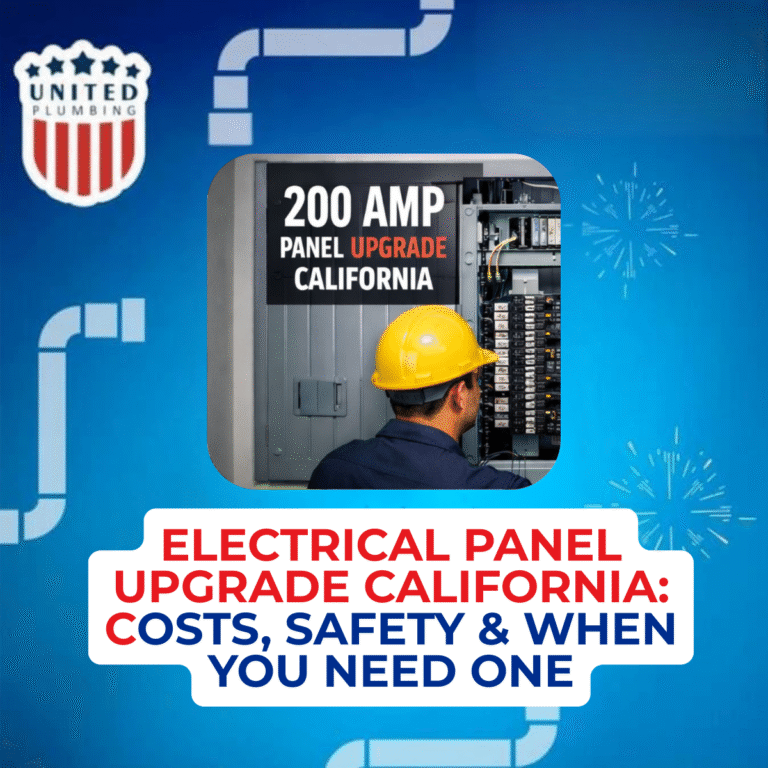FIVE-STAR TEAM WARRANTY &
SAME-DAY SERVICE
Installing a Level 2 EV Charger at Home
As the number of EV owners continues to grow, so does the demand for reliable and fast home charging options. While a Level 1 charger (standard 120V outlet) works in a pinch, it can take more than 24 hours to deliver a full charge. That’s why more drivers are choosing a Level 2 charger for everyday convenience.
In this guide, we’ll break down what a Level 2 EV charger is, how to install one, and what to expect in terms of cost, speed, and performance.
What Is a Level 2 Charger?
Before we get into the installation process let’s break down what exactly is. A Level 2 charger operates on a 240-volt outlet — the same voltage used by major appliances like dryers and water heaters. Compared to a Level 1 EV charger, it offers significantly faster charging speed, typically adding 25–30 miles of range per hour of charge.
This makes it ideal for overnight use, allowing most EV’s to reach a full charge by morning.
How does EV Installation Process Works
Now to the nitty gritty part the installation. To install a charger at home, you’ll need a licensed electrician or certified installer. The process involves:
- Evaluating your home’s electric service and panel capacity
- Possibly upgrading to a 200-amp panel (especially in older homes)
- Running a dedicated circuit to your garage or parking area
- Securing any necessary permits
Depending on your location and local codes, the installation process may take just a few hours or require multiple steps over several days due to county regulations.
EV Charger Installation Costs

The installation costs for a Level 2 charging system usually range between $500 and $2,000. Here are things that will be depends on:
- Distance from the electrical panel
- Whether electrical wiring or trenching is needed
- If your home already has available capacity on the circuit breaker
Good news: many utility companies offer rebates to help offset these expenses. You may also qualify for federal or state tax credits that support electric vehicle charging infrastructure.
Tip: If you’re a PG&E customer, check out their Residential EV Charger Rebate Program — you may be eligible for a rebate that covers part or all of your Level 2 charger installation costs.
Choosing the Right Level 2 EV Charger Model
When shopping for a Level 2 EV charger, consider:
- The model that matches your car’s plug type (J1772 or Tesla)
- Indoor vs. outdoor installations
- WiFi/app connectivity
- Energy monitoring features
- Weather resistance for home use
Some fast charger models can even support dual vehicles or advanced scheduling, perfect for multi-EV households.
The EnergyStar Guide to EV Chargers is a great resource to compare certified models and understand efficiency ratings.
Level 2 EV Charger: Load Management & Off-Peak Hours

To reduce electricity costs, many EV drivers take advantage of off-peak hours when rates are lower. Some chargers even support load management to prevent overloading your charging system.
If you already have or are considering solar panels, pairing them with your charger can further lower your long-term energy costs — a smart move for sustainability and savings.
Why Not Just Use Public Charging Stations?
Public charging stations are convenient for road trips and emergencies, but they’re not ideal for daily use. You may face wait times, fluctuating prices, and inconsistent access.
By installing a Level 2 charger at home, you get dependable access to power — no lines, no delays, just efficient overnight charging every day.
Upgrade Your Home with a Level 2 EV Charger Today
If you’re serious about maximizing your EV charging station setup, a Level 2 charger is the way to go. With faster charging, better cost control, and seamless convenience, it’s a smart investment for any EV owner.
Just make sure to work with a qualified electrician, understand your installation costs, and choose the right model for your car and home layout.
Need help installing a charger at home? Contact our team to get started — we handle everything from inspection to setup, ensuring safe, code-compliant installation tailored to your home and EV.
🔗 Check out our reviews on Yelp or schedule service online!
Post views: 735
1. What is a Level 2 charger and how is it different from Level 1?
A Level 2 charger uses a 240-volt outlet and charges your electric vehicle much faster than a Level 1 charger, which uses a standard 120-volt outlet. While a Level 1 charger may take over 24 hours for a full charge, a Level 2 charger can deliver up to 30 miles of range per hour of charging.
2. Can I install a Level 2 EV charger at home myself?
No — a licensed electrician or certified installer should handle the installation. This ensures safety, code compliance, and that your charging system won’t overload your circuit breaker.
3. How much does it cost to install a Level 2 charging station?
Installation costs vary but typically range from $500 to $2,000. Factors include your home’s electrical setup, the distance to the charger location, and whether upgrades like a 200-amp panel are needed.
4. What are off-peak hours, and why do they matter?
Off-peak hours are times when electricity demand is low — usually late at night or early morning. Charging during these hours can lower your electricity costs and reduce strain on the grid.
5. Can I use solar panels with my EV charger?
Yes! Pairing your Level 2 charger with solar panels allows you to charge your EV using clean energy and reduce long-term costs. Some systems even support load management to avoid spikes in energy usage.
6. Are there any rebates or incentives available?
Yes, many utility companies offer rebates for installing a Level 2 EV charger at home. You may also qualify for federal or state tax credits. Check with your local provider to see what’s available. Here is one from PG&E https://www.pge.com/en/clean-energy/electric-vehicles/getting-started-with-electric-vehicles/residential-charging-solutions-rebate.html#rebate-options
Latest posts

How Long Do Water Heaters Last? Typical Lifespan by Type (Homeowner’s Guide)
Your water heater works quietly behind the scenes every single day until one day it doesn’t. One of the most common...

Electrical Panel Upgrade California: Costs, Safety & When You Need One
An electrical panel upgrade in California is one of the most important safety and performance improvements a...


If you still have questions or need advice, please leave a request and we will contact you as soon as possible
Need a plumber and got no clue where to start?
(408) 539-6936Facing a plumbing issue? Get a FREE in-person estimate and quick solutions from our skilled technicians, ensuring your home runs smoothly again!
